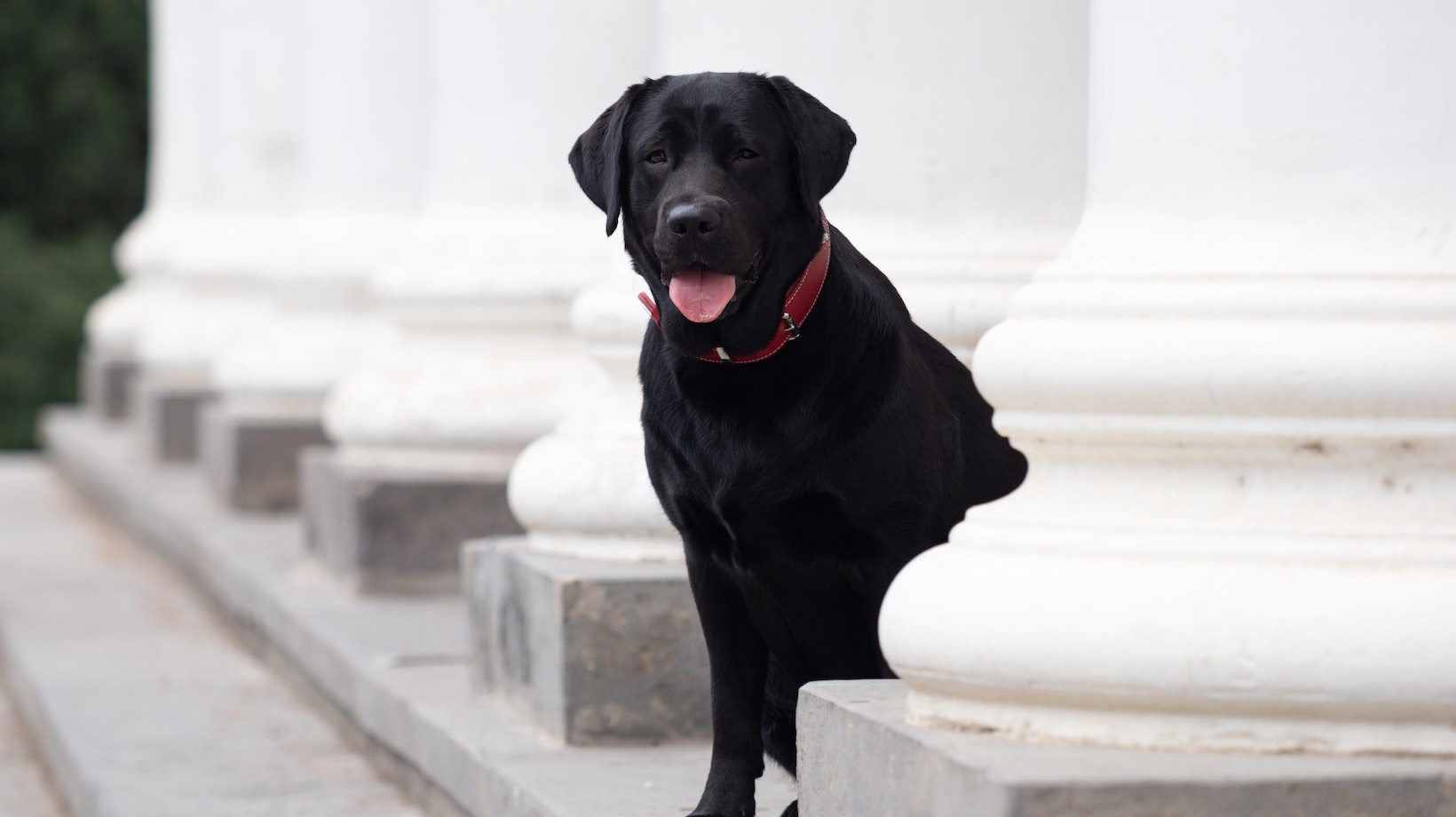How To Stop Dog Aggression Towards Other Dogs
Understanding the root cause of your Labrador’s aggression is crucial in addressing the issue effectively. Aggression in dogs can stem from various factors such as fear, territoriality, or resource guarding. By identifying the specific trigger behind your Labrador’s aggressive behavior, you can tailor your training methods accordingly.
One key strategy to address dog aggression is socialization. Gradually exposing your Labrador to controlled interactions with other well-behaved dogs in a positive and supervised environment can help them become more comfortable and less reactive over time. Additionally, implementing obedience training techniques will provide you with better control over your dog during potentially tense situations.
Remember, every dog is unique, so finding what works best for your Labrador may require some trial and error. By combining consistent training, positive reinforcement techniques, and seeking professional guidance if needed, you’ll be on track to resolving your Labrador’s aggression issues and fostering a more peaceful coexistence between them and other dogs.
So let’s dive into these strategies further and discover how to put an end to your Labrador’s aggression towards other dogs once and for all!
Identifying The Causes Of Dog Aggression
- Lack of Socialization: Dogs that haven’t been properly socialized from an early age may exhibit aggression towards other dogs. This often stems from fear or anxiety when encountering unfamiliar canine companions. For example, a Labrador who hasn’t had positive interactions with other dogs during their critical socialization period may display aggression as a defensive response.
- Protective Instincts: Some dogs have a strong instinct to protect their territory, resources, or family members. This protective drive can manifest as aggression towards other dogs perceived as threats. A Labrador, known for its loyalty and protective nature, might show aggression in situations where they feel their home or loved ones are being threatened by another dog.
- Fear and Anxiety: Just like humans, dogs can experience fear and anxiety in certain situations. When faced with unfamiliar or stressful encounters with other dogs, a fearful Labrador may resort to aggressive behavior as a way to defend itself or establish control over the situation.
- Past Traumatic Experiences: Dogs that have experienced past trauma such as abuse or attacks from other dogs are more likely to develop aggressive tendencies towards their fellow canines. These traumatic experiences can leave lasting emotional scars on Labradors, leading them to react aggressively out of self-preservation.
- Medical Issues: It’s important not to overlook potential medical causes for dog aggression. Underlying health conditions such as pain or hormonal imbalances could contribute to behavioral changes in Labradors and trigger aggressive responses towards other dogs.
Understanding the root causes of dog aggression is essential for implementing effective training and behavior modification techniques tailored to each individual dog’s needs. By addressing these underlying factors through proper socialization, positive reinforcement training, and, if necessary, seeking guidance from a professional dog behaviorist or veterinarian, we can help our Labradors overcome their aggression towards other dogs and live harmoniously in their canine community.

Recognizing Early Warning Signs
- Body Language: Pay close attention to your Labrador’s body language as it can provide valuable insights into their state of mind. Look for the following signals:
- Stiff posture: If your Labrador stands tall, with a rigid body and tense muscles, it could indicate a potential aggressive response.
- Raised hackles: When the fur along your dog’s back raises, it suggests heightened arousal or aggression.
- Direct stare: A fixed gaze or intense staring at another dog may be an indication of dominance or aggression.
- Growling and Snapping: Vocalizations such as growling, snarling, or snapping are clear signs of aggression. If your Labrador exhibits these behaviors when encountering other dogs, it’s important to intervene immediately.
- Freezing or Stillness: Sometimes, when a dog freezes in place or becomes completely still while facing another dog, it could mean they are preparing for an aggressive reaction. This behavior should not be taken lightly and requires immediate attention.
- Lip Curling and Showing Teeth: A curled lip accompanied by the display of teeth is a classic sign of canine aggression. It indicates that your Labrador is feeling threatened and may resort to more aggressive actions if provoked further.
- Lunging and Barking: Watch out for sudden lunges towards other dogs coupled with intense barking. These actions demonstrate a strong desire to establish dominance or claim territory.
Remember that each dog is unique, so understanding your Labrador’s individual temperament and behavior patterns will help you recognize their specific warning signs more effectively. It’s essential to consult a professional dog trainer or behaviorist who can provide guidance tailored to your Labrador’s needs.